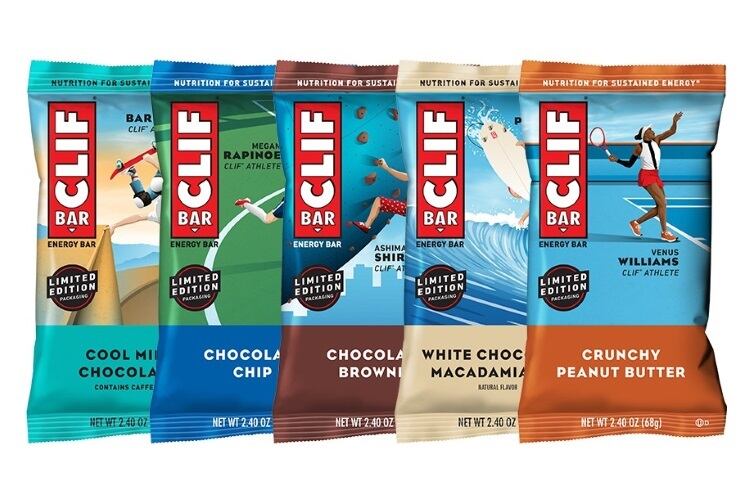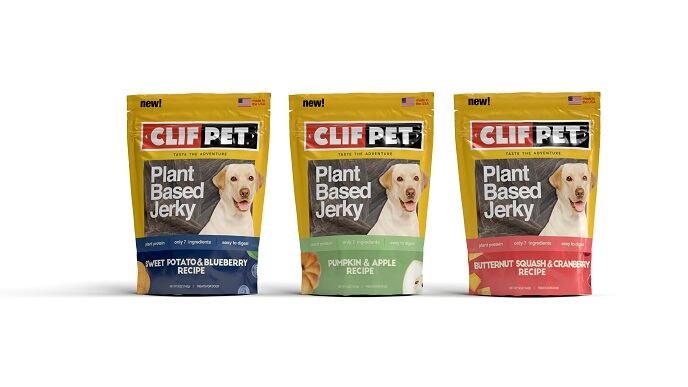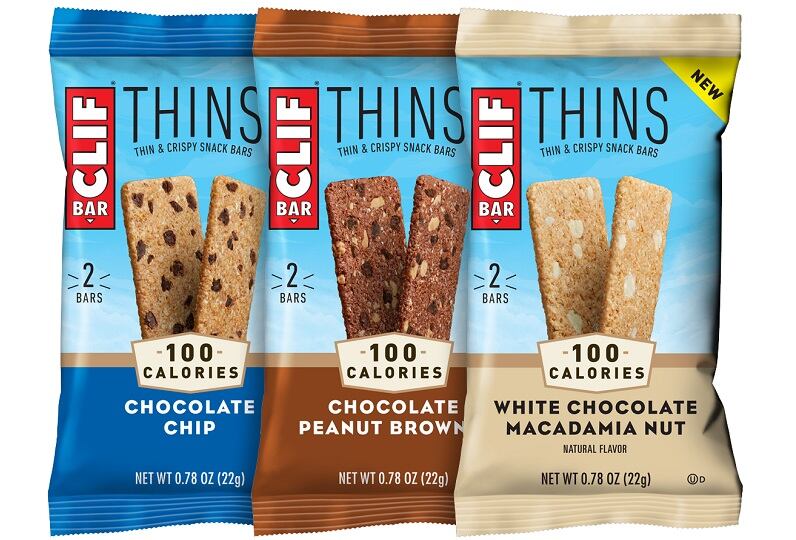The FDA - which has set a daily reference value of 50g for added sugar (10% of calories based on a 2,000-calorie diet) - does not define ‘high’ or ‘low’ sugar, and only sets conditions of use for ‘reduced/less/lower sugar’ claims.
But while there is no specific regulation that disqualifies food brands from implying or stating that products are healthy or nutritious based on sugar content, plaintiffs in a series of cases filed vs Clif, Mondelez, Kellogg, Post, and others, say consumers are being duped.
In the case vs Clif bar, for example, the plaintiffs claimed that many consumers would be shocked to learn that a quarter to a third of calories in classic Clif bars were derived from added sugar.
For example, a 260 calorie bar with 19g added sugar (29% of calories) contains 38% of the 50g daily value for added sugar, or 76% of the World Health Organization’s ‘ideal’ daily limit of 25g.
Clif Bar: ‘A reasonable consumer would know that the challenged products contained added sugars, and that the added sugars were part of the promise of energy’
Attorneys for Clif Bar, however, argued that the lawsuit was “based on factually unsupported conclusions that Clif Bar products are ‘high-sugar,’ a term not defined by FDA, and on speculative concerns about the long-term health risks of excessive added sugars.”
It also featured a “compendium of irrelevant and immaterial scientific reports” about the effects of excessive consumption of sugary soda designed to “distract the court,” added Clif’s attorneys, who noted that Clif bars were not soda, but “solid foods that also contain proteins, fiber, and other complex carbohydrates.”
Meanwhile, shoppers expect energy bars to contain sugar, they added: “A reasonable consumer would know that the challenged products contained added sugars, and that the added sugars were part of the promise of energy.”
US District Judge James Donato begged to differ, however, writing in an order rejecting a motion to dismiss the case in 2019, that the plaintiffs had “laid out in painstaking and voluminous detail how this substantial percentage of added sugars in Clif’s products can contribute to excessive sugar consumption, which in turn has been linked to many diseases and detrimental health conditions.”
‘This is now the fifth nationwide class settlement Plaintiffs’ counsel have obtained’
Three years later, after constant back and forth, the parties have agreed to settle, Clif Bar told FoodNavigator-USA: “This ... is in the best interest of Clif Bar so that we can continue to focus on our commitment to creating nutritious and delicious products made with organic ingredients.”
As part of the settlement, Clif “will refrain from using the word ‘Nutrition’ (including ‘Nutritious’) on original Clif Bars, and will refrain from using the word ‘Nutritious,' and the phrase ‘Nourishing Kids in Motion’ on Clif Kid ZBars… on products where 10% or more of [a bar’s] calories come from added sugars.”
In a June 23 motion for preliminary approval of class settlement, attorneys for the plaintiffs noted that “This is now the fifth nationwide class settlement Plaintiffs’ counsel have obtained based on the theory that health and wellness claims are misleading when used to advertise high-sugar foods.”
A flurry of settlements
When these lawsuits were first filed by plaintiff’s attorney Jack Fitzgerald in 2016, legal commentators predicted he might face an uphill battle.
However, Fitzgerald has scored some significant wins, securing label changes and large settlements from leading CPG brands including Kellogg ($20m), Mondelēz International ($8m), and Post Foods ($15m)
That said, a similar lawsuit vs General Mills was tossed in 2019 after US District Judge Jeffrey S. White said the plaintiffs “cannot plausibly claim to be misled about the sugar content of their cereal purchases because defendant provided them with all truthful and required objective facts about its products, on both the side panel of ingredients and the front of the products’ labeling.
He added: “The actual ingredients were fully disclosed and it was up to the plaintiffs, as reasonable consumers, to come to their own conclusions about whether or not the sugar content was healthy for them.”
Attorney: Settlements are 'not the final word about when it is appropriate to call a sweetened food ‘nutritious’ or ‘nourishing'
So what do legal experts make of these cases?
Adam Fox, partner at Squire Patton Boggs, told FoodNavigator-USA that the settlements “are not the final word about when it is appropriate to call a sweetened food ‘nutritious’ or ‘nourishing.’
Instead, he argued, “they reflect more about the financial incentives to bring class actions, and business judgments about risk in the face of class certification.
“Indeed, the settlements—particularly contrasted with the outright dismissal of similar cases—highlight the uncertainty of litigation generally, and particularly emphasize the manner in which the law currently incentivizes the plaintiffs’ bar to bring class actions despite the unpredictable results and frequent lack of any meaningful positive social impact as a result of their litigation.”
*The case is: Ralph Milan, Sarah Aquino, and Elizabeth Arnold v Clif Bar & Company, 3:18-cv-02354 filed on April 19, 2018, in the northern district of California, by the law offices of Jack Fitzgerald PC and Paul K Joseph PC.
How much added sugar is in Clif Bars?
At the time the lawsuit was filed, ‘Classic’ Clif bars contained 17-22g of added sugar, with 25-34% of calories derived from added sugar. Today, based on products available for purchase on the website, the range is 15-19g.
At the time the lawsuit was filed (2018), Clif Kid Original Zbars contained 11-12g added sugar per serving, with 34-37% of calories from added sugar; Clif Kid ZBars Protein contained 8-9g added sugar (25-28% of calories); Clif Kid ZBars Fruit and Veggie contained 8g added sugar (25% of calories); and Clif Kid filled bars contained 6-7g added sugar (17-22% of calories). Today, based on products available on the website, the numbers are slightly lower.
To put this in perspective, yogurts typically contain 12-18g sugar per serving (most of which comes from lactose), while a small [8oz] glass of Tropicana Original 100% orange juice has 22g sugar (naturally in the fruit).
In the cereal aisle, Raisin Bran Crunch contains 13g of added sugar per 55g serving, and Honey Nut Cheerios - the best-selling cereal in the US - contain 12g of added sugar per 37g serving.




